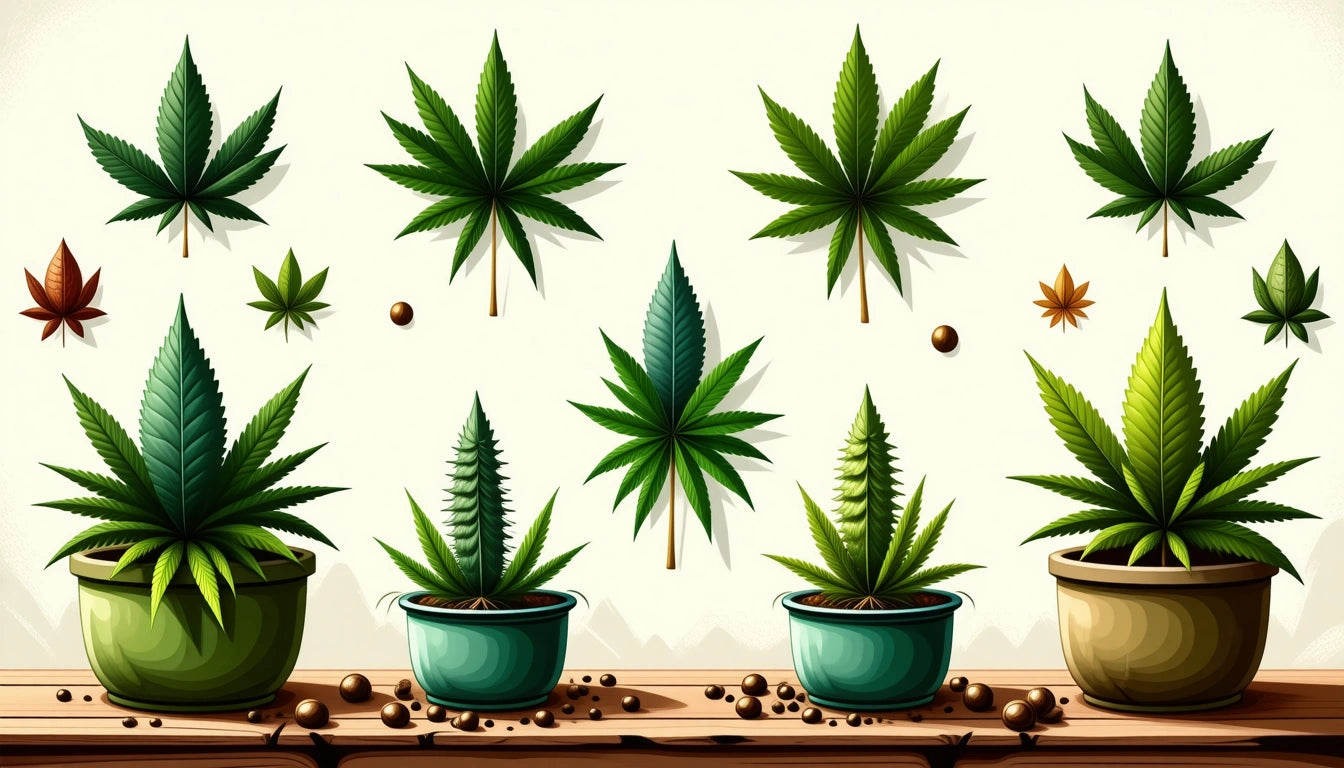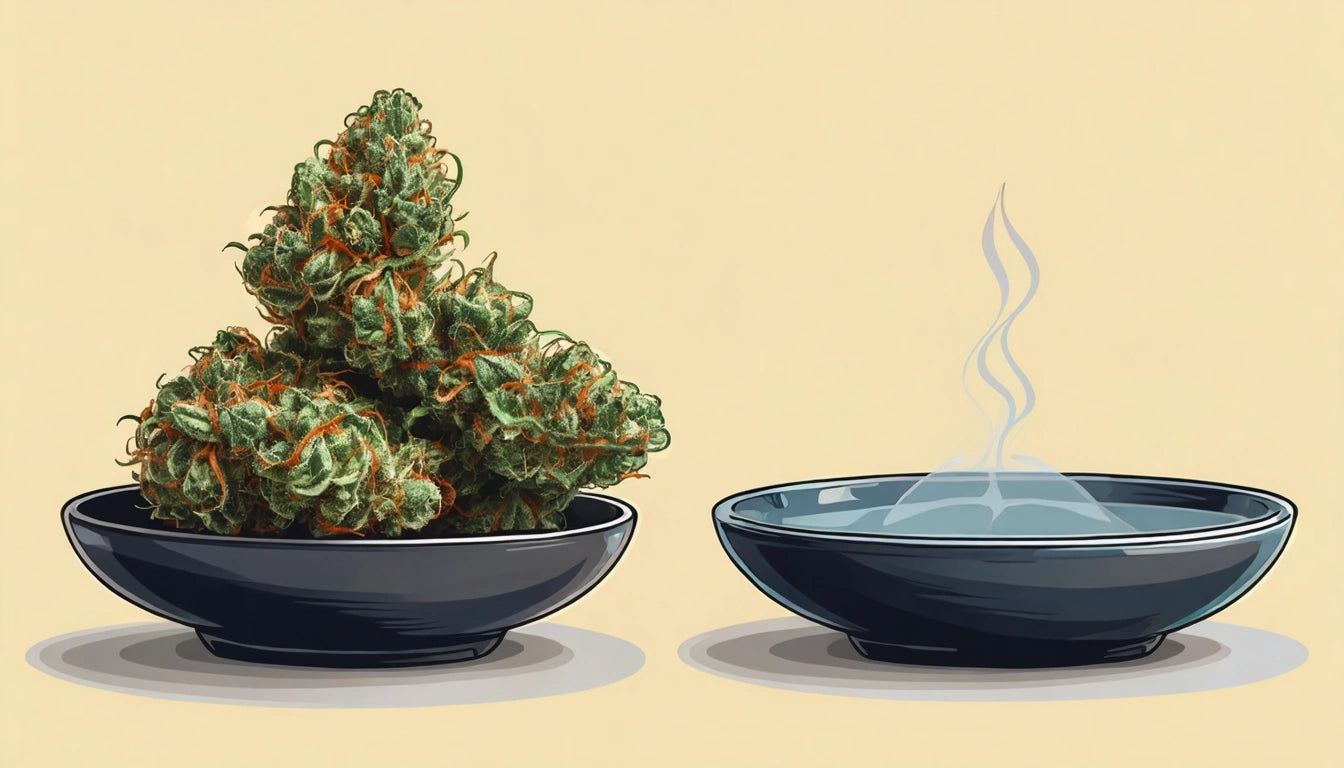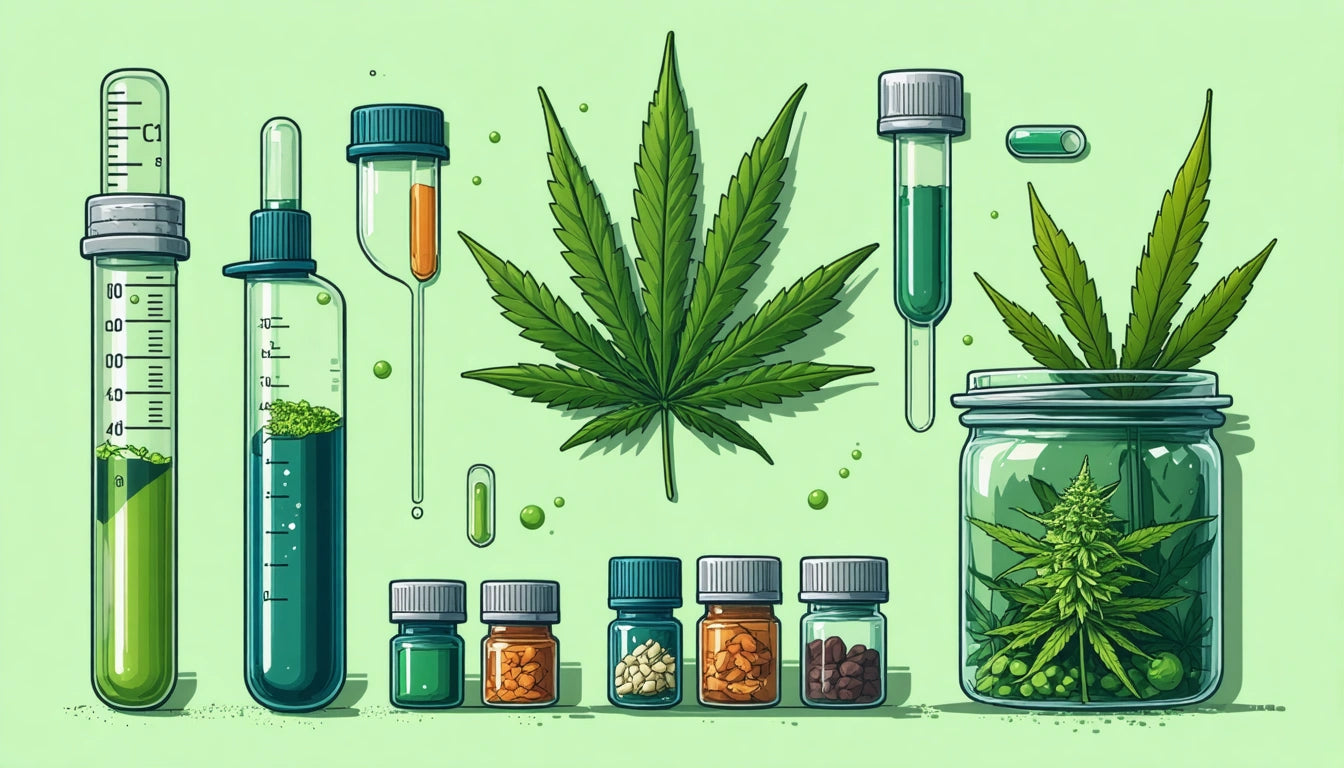Table of Contents
Identifying the Differences Between Good and Bad Weed
Understanding the distinction between good weed vs bad weed is essential for consumers seeking quality cannabis experiences. Whether you're a seasoned enthusiast or new to cannabis consumption, recognizing quality indicators can help you make informed purchasing decisions and avoid subpar products that may deliver disappointing effects or pose potential health risks.
Visual Indicators of Good vs Bad Weed
The appearance of cannabis provides immediate clues about its quality. When examining flower, several visual characteristics distinguish good weed from bad:
Color and Trichome Coverage
High-quality cannabis typically displays vibrant colors ranging from deep greens to purples, blues, or oranges depending on the strain. More importantly, good weed exhibits abundant trichome coverage, appearing as crystalline, resinous glands that give the flower a frosty, glittering appearance. These trichomes contain cannabinoids and terpenes responsible for effects and flavor.
In contrast, what is bad weed often appears dull, brown, or yellow, indicating age, improper curing, or poor growing conditions. A lack of trichomes suggests low potency and inferior quality.
Structure and Density
Quality cannabis buds maintain their structure with an appropriate density. They should feel slightly springy when gently squeezed, not crumbling to dust (too dry) or feeling spongy (too moist). Well-trimmed buds with minimal stems and leaves indicate careful processing.
Bad weed may appear compressed, contain excessive seeds or stems, or have an inconsistent structure throughout the batch. These are signs of poor cultivation practices or improper handling.
Aroma and Taste: Key Differentiators
Perhaps the most telling difference in good vs bad weed comes from the aromatic profile:
Terpene Presence
Quality cannabis emits distinct, complex aromas ranging from fruity and sweet to earthy and spicy, depending on its terpene profile. The smell should be pronounced and pleasant when the flower is broken apart.
Bad weed often lacks a strong smell or may have unpleasant odors resembling hay, must, or chemicals. These off-putting scents can indicate mold, improper curing, or the presence of pesticides. As understanding weed composition becomes more sophisticated, consumers increasingly recognize that robust terpene profiles correlate with quality experiences.
Highlight: The aroma of cannabis is directly linked to its terpene content, which not only influences flavor but also contributes to the entourage effect that shapes the overall experience.
Effects and Potency Considerations
While visual and aromatic assessment provides initial quality indicators, the true test of good weed vs bad lies in its effects:
- Good weed delivers consistent, well-balanced effects appropriate to the strain type
- Effects onset at expected timeframes and duration is appropriate
- The experience feels clean, without headaches or unusual discomfort
- Potency aligns with lab-tested THC/CBD percentages
Poor-quality cannabis often produces inconsistent, short-lived, or unpleasant effects. Some users report headaches, dizziness, or unusual fatigue from bad weed, which may contain contaminants or improper cannabinoid ratios. Understanding how marijuana affects the body and mind helps consumers recognize when something isn't right.
Storage and Handling Impact on Quality
Even high-quality cannabis can degrade to bad weed without proper storage and handling. Exposure to light, air, heat, and humidity accelerates cannabinoid degradation and terpene evaporation.
Professional cannabis operations maintain quality through careful processing, using specialized cannabis filling equipment for consistent packaging that preserves freshness. For consumers, storing cannabis in airtight containers away from light and heat is essential for maintaining quality.
According to research on cannabis shelf life, properly stored flower can maintain its quality for 6-12 months, while improperly stored products may degrade within weeks.
Health and Safety Concerns
Beyond quality concerns, bad weed can present genuine health risks:
Contaminants and Adulterants
Low-quality cannabis may contain harmful contaminants including:
- Mold and mildew (appearing as white or gray powdery patches)
- Pesticide residues
- Heavy metals absorbed during cultivation
- Synthetic cannabinoids or other adulterants
These contaminants can cause respiratory issues, allergic reactions, or more serious health complications. Understanding potential cannabis health impacts helps consumers make safer choices.
Psychological Effects
While good weed typically produces predictable effects, bad weed may cause anxiety, paranoia, or other adverse psychological reactions due to improper cannabinoid ratios or contaminants. Research on how cannabis affects mood and perception indicates that product quality plays a significant role in subjective experiences.
Quality Assurance Practices for Cannabis
The distinction between good weed vs bad ultimately comes down to quality control throughout the supply chain. Reputable producers implement rigorous testing protocols, proper curing techniques, and careful handling procedures.
Consumers can protect themselves by purchasing from licensed dispensaries that provide certificates of analysis showing cannabinoid content and confirming products are free from contaminants. Understanding both potential benefits and risks of cannabis helps users make balanced decisions about consumption.
As the cannabis industry matures, standardized quality metrics continue to evolve, making it easier for consumers to identify good weed vs bad through transparent labeling and consistent production practices. By educating yourself on these quality indicators, you can ensure more satisfying, safer cannabis experiences.











Leave a comment
All comments are moderated before being published.
This site is protected by hCaptcha and the hCaptcha Privacy Policy and Terms of Service apply.